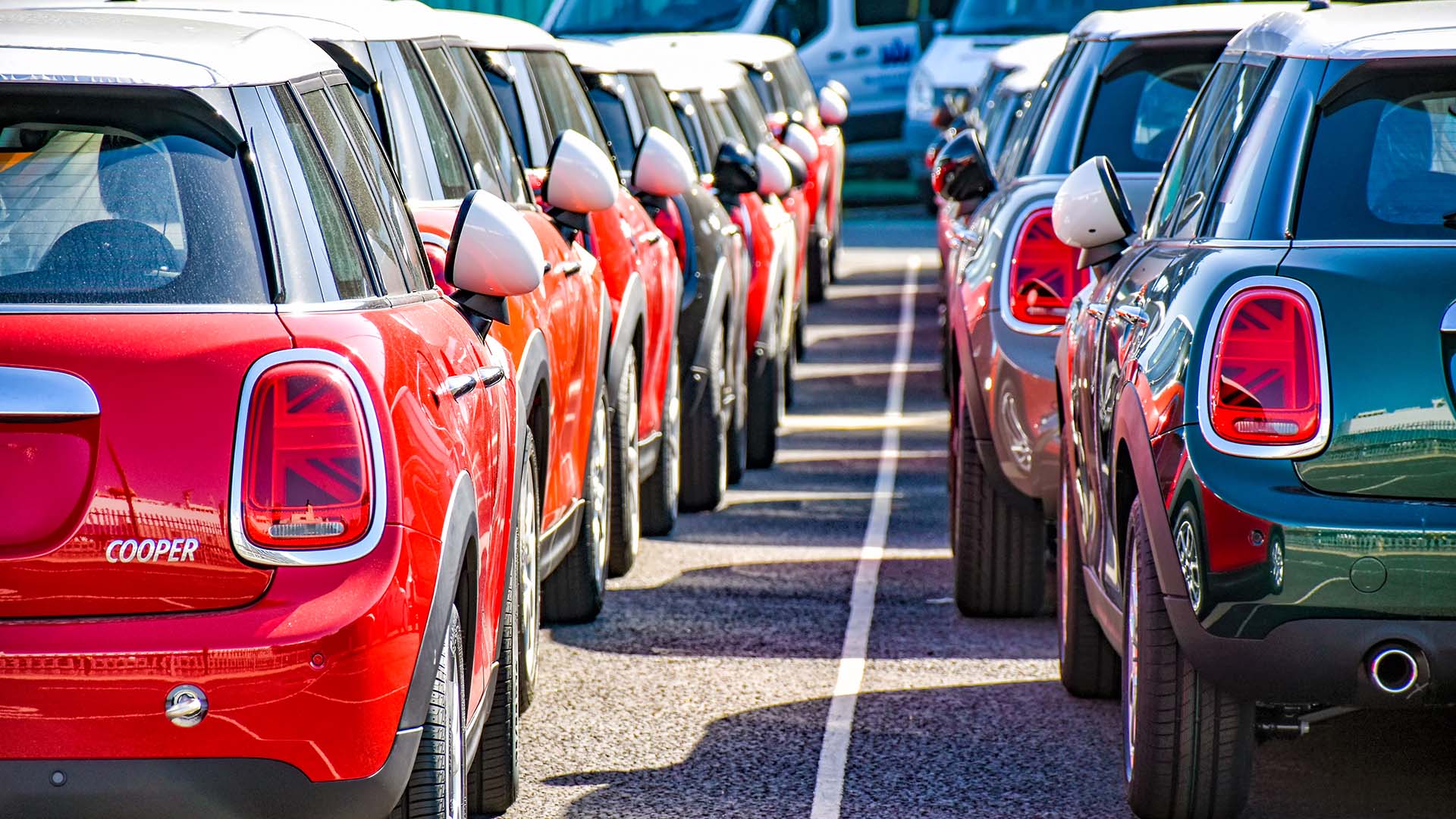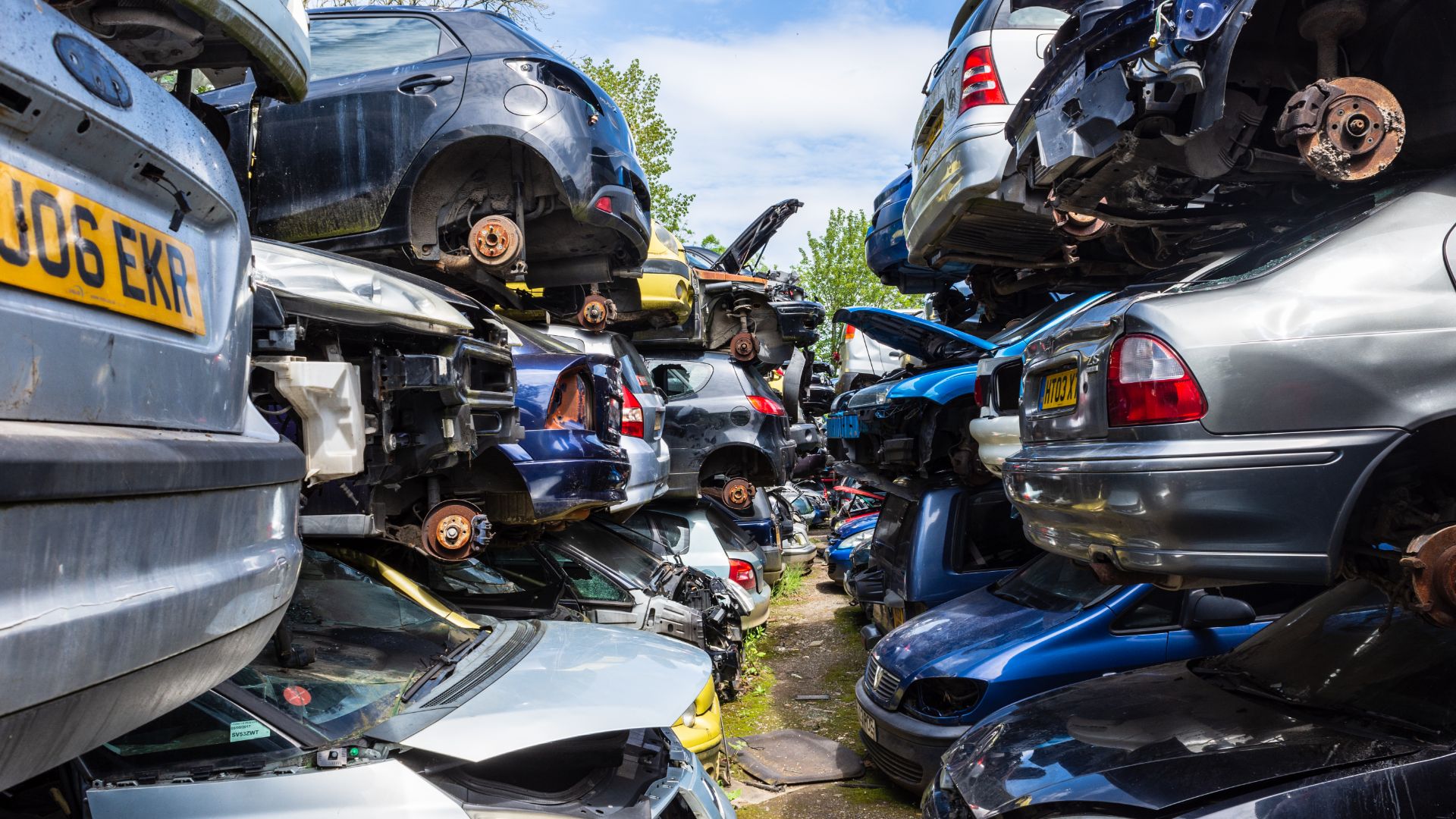
The average age of a car in Great Britain is significantly newer than the vast majority of other European nations. This is according to figures released by the European Automobile Manufacturers Association (ACEA).
It found that, on average, the vehicle fleet in Britain is eight years old. Only Luxembourg – the fifth-wealthiest country in the world – has a newer fleet (6.4 years old).
Compare and contrast with Lithuania, where the average age is 16.9 years old. Similarly in Estonia, where the figure is 16.7, Romania (16.3) and Greece (15.7).
PCP, PPI and Scrappage
In Britain, new car sales have been boosted by the rise of affordable finance, with Personal Contract Purchase (PCP) deals putting new cars within reach of more people. In some cases, new cars are cheaper per month than a mobile phone contract, with some deals including zero- or very low-deposit options.
This comes amid a backdrop low interest rates, giving consumers no real incentive to save, along with the lump sums generated as a result of PPI payments. Why maintain an ageing vehicle when you can ‘own’ a vehicle under warranty and for a fixed monthly fee?
Scrappage is another factor. Not only does the promise of a generous part-exchange price increase the chances of another new car hitting the road, it has the double effect of removing an old vehicle from the system. This lowers the average age of Britain’s car fleet.

But while cars are significantly newer in Britain, the reverse is true across the European Union. Figures from the European Environment Agency and IHS show that the average passenger car age in 2000 was around 7.5 years. By 2017, that number had risen to 12 years.
It’s clear that the increase in the number of EU members has played a part. Since 2004, 13 countries have joined the European Union, including many former Eastern Bloc nations. Here, there’s a strong reliance on older, less safe, and heavily polluting vehicles.
New car CO2 down
ACEA sees this as a potential problem for the EU. With manufacturers making huge strides in the fields of emissions and safety, consumers will be unable to see the full potential of these technologies if they hold on to their cars for longer. Average CO2 emissions of new cars have decreased from 172.2g/km in 2000, to 118.5g/km in 2017.
If consumers fail to embrace new cars, they’re not benefiting from the advanced safety systems, while countries and cities will struggle to meet stringent air quality targets.
“The premature phasing-out of removal of customer incentives seriously impacts the market uptake of alternative fuel vehicle vehicles,“ ACEA warns. It wants ‘consistent incentive schemes’ for passenger vehicles, including the revision of the European energy taxation system.
Combined, petrol and diesel account for 95.9 percent of the EU vehicle fleet. Meanwhile, the battery electric sector has secured a tiny 0.2 percent share of the fleet. ACEA says this is due to the high prices and ‘inconvenience’ issues, such as range anxiety.
Average age of the EU vehicle fleet
| Country | Average age of vehicle fleet |
| 1. Luxembourg | 6.4 |
| 2. Great Britain | 8.0 |
| 3. Austria | 8.2 |
| 4. Republic of Ireland | 8.4 |
| 5. Denmark | 8.5 |
| 6. France | 9.0 |
| = Belgium | 9.0 |
| 8. Germany | 9.5 |
| 9. Sweden | 9.6 |
| 10. Slovenia | 10.1 |
| 11. Netherlands | 11.0 |
| 12. Italy | 12.0 |
| 13. Finland | 12.1 |
| 14. Spain | 12.4 |
| 15. Croatia | 12.6 |
| 16. Portugal | 12.9 |
| 17. Poland | 13.9 |
| = Slovakia | 13.9 |
| = Latvia | 13.9 |
| 20. Hungary | 14.2 |
| 21. Czech Republic | 14.8 |
| 22. Greece | 15.7 |
| 23. Romania | 16.3 |
| 24. Lithuania | 16.9 |
Source: ACEA, Vehicles in use – Europe 2019